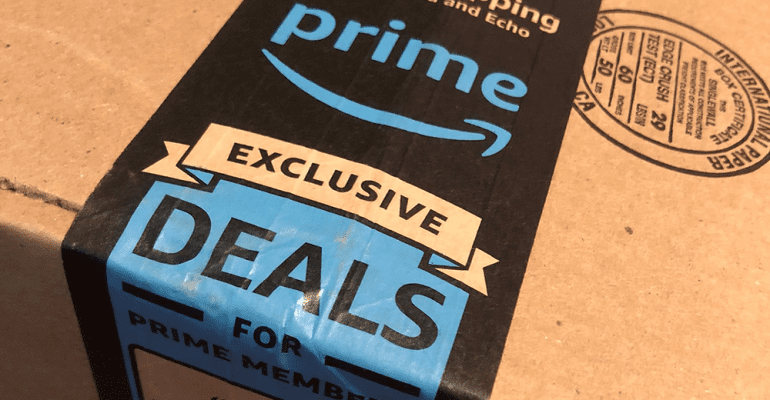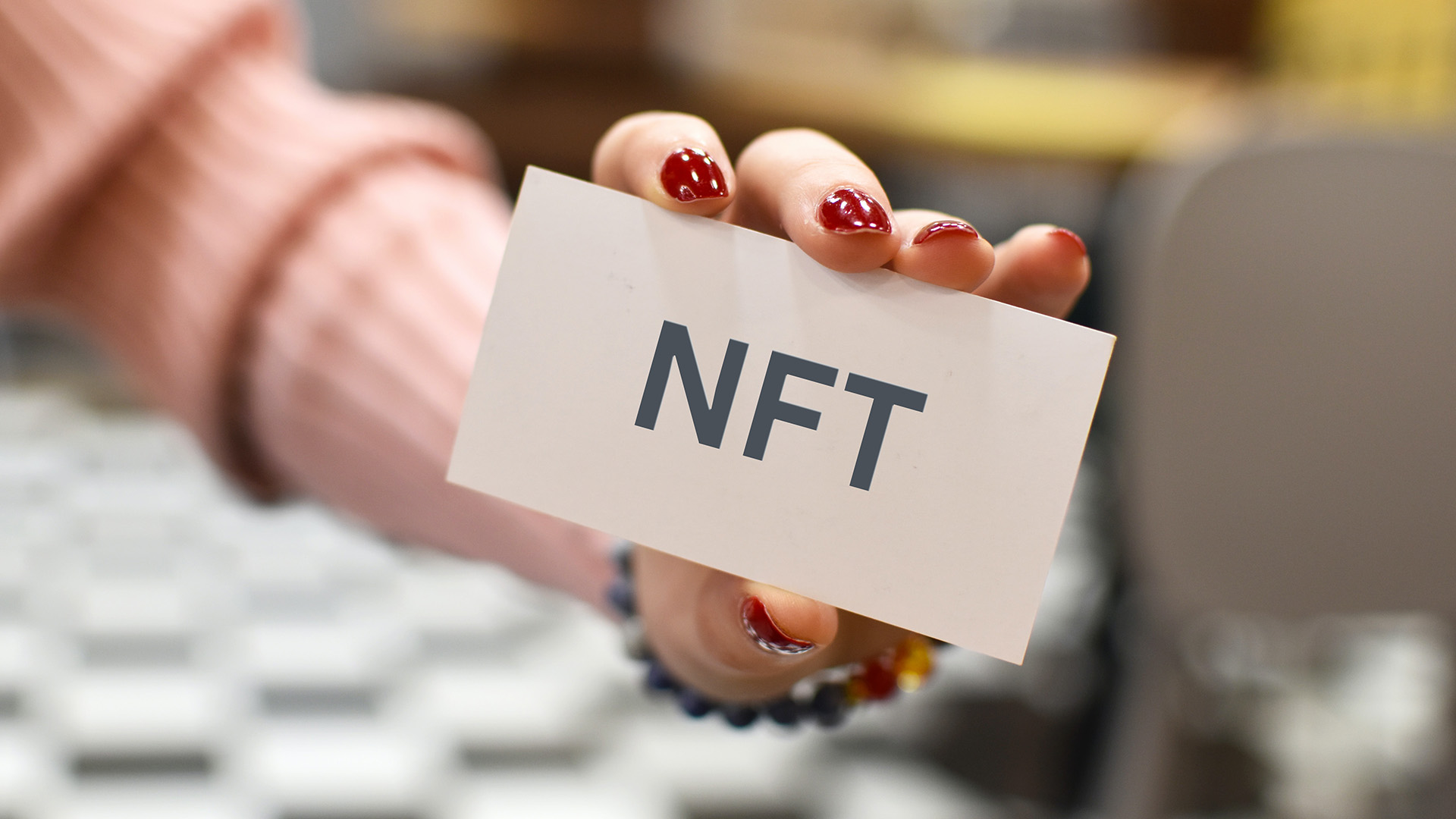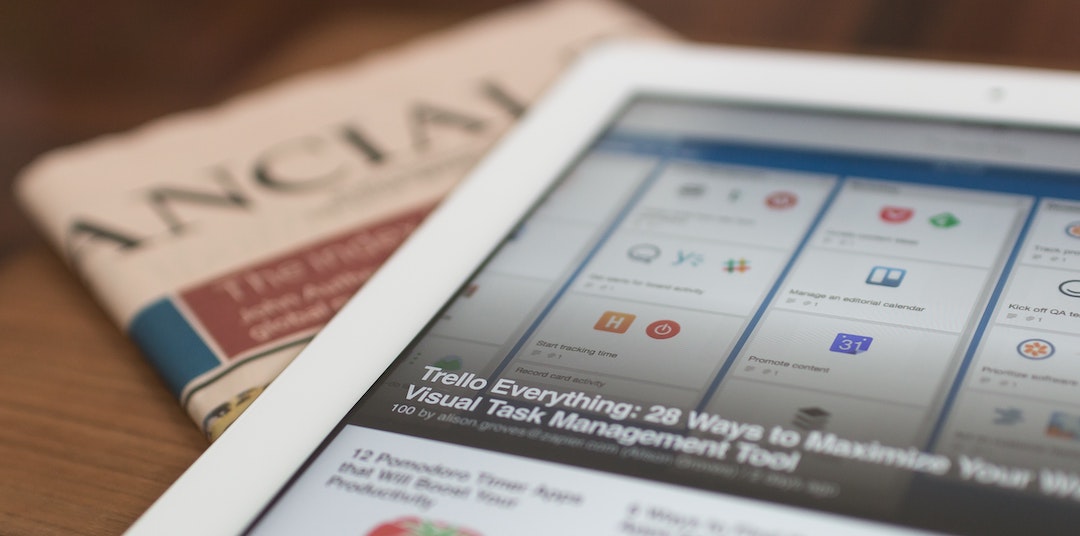Prime Day has come and gone, but its impact on brands and consumers is here to stay. Some brands are resistant to the shift in retail power, while others are embracing it. Aside from the server failures and sad puppy glitches (which just made me want a dog even more), consumers are benefiting from the convenience and generally flawless user experience at all touch-points – digital and physical.

So, it seems pretty cut and dry. You have to sell on Amazon or miss out on a retail revolution. Just list your products, sit back, and watch the sales flow in. Right?
Well, maybe. There needs to be a sound strategy to back your decision to follow Amazon’s lead and enter their ecosystem. On the flip side, there are ways to take advantage of the “Amazon effect” without giving up control of your sales funnel.
To help with all of that strategic thinking, here are the top 2018 Prime Day trends and learnings, along with some key media tips to help make your Prime Day strategies a success.
#PrimeDay Insights:
1. A slew of top 50 retailers took advantage of the buzz surrounding the sale and offered competing sales, which drove significant traffic to their websites and received consumer recognition socially. One retailer saw its highest traffic and sales day of 2018 on Tuesday thanks to its rival sale.
Key Takeaways:
- Brands should plan for Prime Day in a similar fashion as Black Friday/Cyber Monday, because it’s a time when people are looking for massive deals. Bonus: Amazon is doing the heavy lifting in sustaining that purchase behavior through heavy promotion.
- Shoppers are getting wise to the fact that not all Prime Day deals constitute major savings and are shopping around on competitive and/or direct retail sites to find the best deal, so make sure your prime deals are available everywhere, not just on Amazon. In fact, Narrativ found that 63% of shoppers it surveyed actively compare prices at other retailers when shopping on Amazon.
2. Shift in consumer shopping habits: A few businesses noted a decrease in sales the week before Prime Day, which they more than made up for the week of Prime Day.
Key Takeaways:
- Shoppers are actively holding off on shopping for necessities and large item purchases in anticipation for bargains on Prime Day. That said, although the space is crowded, brands should consider holding all promotions (ads and coupons) until Prime Day launches as anything before that will drive traffic and interest to Amazon.com.
- Additionally, more shoppers are shopping around vs. exclusively relying on Prime Day for discounts so you’ll get increased traffic and interest from shoppers who are considering if paying for a membership price is worth it.
3. For the first time, U.S. Prime members celebrated Prime Day with a week of savings at Whole Foods Market, most of which were on fresh food. Members saved millions of dollars at Whole Foods Market with Prime Day deals, of which the best-selling deal was organic strawberries.
Key Takeaway:
- The fresh food promotion gives us a potential look into how Amazon is encouraging shoppers to purchase in the future – separating their grocery lists: go to the store for fresh meats and produce and skip that trip for cereal, coffee and laundry detergent you can buy sight unseen online.
4. Sometimes the least anticipated products sell out first. Keep an eye out on the most anticipated deals and act once they’re sold out. Last year, a well-known genetic mapping service sold out within hours and the company took to social media to announce their own promotion, addressing disappointed customers.
Key Takeaways:
- Make sure your brand is well stocked on products in case it sells out before the day ends and leverage another online platform to advertise the sale outside of Amazon.
- If you do sell out, or a competitor sells out of a product on Amazon, use this as an opportunity to target consumers and push discounts on your products beyond Amazon, alerting consumers via owned social platforms and ads.
5. Brands are spending less on funding discounts during Prime Day and more on advertising. Companies that have not actively discounted offers think it’s better to spend more on paid search to grab the increased, high-purchase intent customers.
Key Takeaways:
- Price wars aren’t absolutely necessary. The consumer mindset during a major sales event like Prime Day can be leveraged to drive sales and acquire new audiences.
- Implementing a paid strategy, such as media or influencers can get your brand in front of “warm” leads who are looking to stock up.
6. User experience still reigns supreme, even amongst the best of deals.
Key Takeaways:
- The glitches within Amazon’s ecosystem of site, app and device quickly became one of the most talked about stories coming out of the sales event, reminding us that if a consumer can’t get what they want as quickly as they expect it, they will have a negative, but forgivable, experience with your brand at best, or go somewhere else to buy at worst.
- Ensure that your e-commerce experience is prepped to handle an increase in traffic and ensure there’s a communications plan in place should things go wrong (it happened to Amazon).
CPG/Food-Specific Insights:
Contrary to CPG items, Amazon was offering customers nearly a week lead time to take advantage of in-store food promotions at Whole Foods. Shelf-stable foods that offered products in bulk were prominently featured in media and touted as best-sellers and “must-have” products.
1. Some of the best kitchen sales included mixers, pasta cookers, insta pots, various coffee making/brewing products, storage containers, and larger appliances like fridges and ovens.
Key Takeaways:
- Monitor what kitchen appliances are getting the most hype and pair those with food products on sale along with recipes to make as consumers will be excited to test their new appliances out – leverage these finds for media outreach and social promotion.
- Consider purchasing appliances that work with our products for future mailers.
2. This year, members stocked up for back-to-school and off-to-college season, purchasing millions of pencils and pens.
Key Takeaway:
- Frame media and ad communication to include back-to-school language to help consumers get in the seasonal mindset.
3. A majority of the Alexa-only Prime Day Deals were for CPG products, from candy to home consumables such as paper towels and toilet paper.
Key Takeaway:
- This may indicate that Amazon has plans to leverage Alexa, and voice-activated commerce, in their efforts to gain more traction in the grocery space by taking advantage of existing consumer habits.
Media Strategy Insights:
1. Pitch early and send product:
Send media and brand advocates products that will be featured ahead of time so they can build buzz, showcase product features and give their readers an “inside scoop” directing them to purchase. Timing wise, media chatter starts about 1-2 weeks out so start early to get in those round-ups!
2. Get influencers involved:
This year, a ton of lifestyle, home, beauty, fashion, and DIY bloggers touted Prime Day must haves via their blogs and Instagram handles. If you have the budget, consider partnering with a few target-right influencers ahead of time to build buzz about your product, the discount and details on where to shop.
3. Prep your assets:
Have hi-res photos of the products, details about the product/sale, links to where consumers can go, and a contingency plan where consumers can get more product/sale items in case product sells out or website crashes.
4. Brainstorm unique pitch angles throughout the sale:
Keep an eye on the most anticipated promotions and pitch items that consumers may need alongside those products. Consider running promotions on allying items during Prime Day to make it more enticing to media. Example: We know electronics and home appliances are a frequent go-to for consumers, can you offer consumers discounts on insurance for these items, or home security discounts since there will be a lot of home deliveries during this time? From a financial brand standpoint, can you help educate consumers on what is really worth the buy, or how to save ahead of time?


